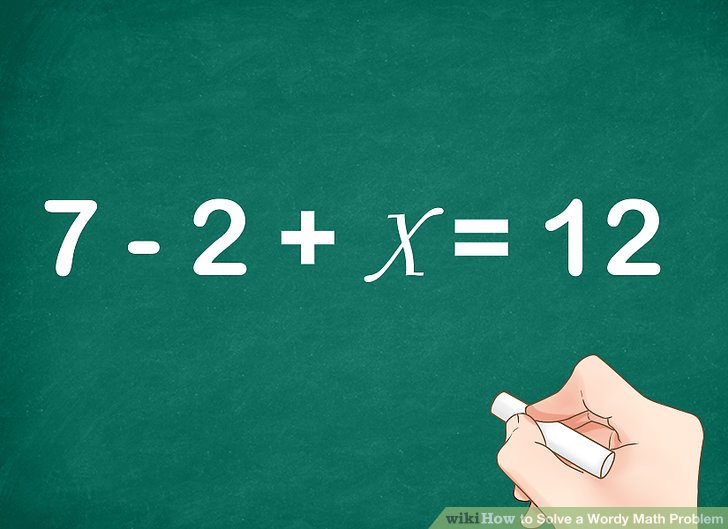Measures of capacity
4 Grade – Math
Pensare perché 4 (libro delle discipline)-Misure di capacità-Page 286
(Italian educational system)
|
|
Materials for lessonRecipients that contain different quantities of liquids, cardboards, markers, A4white paper sheets, pictures or photocopies of conteiners, poster, glue |
Layout of the ClassroomFase 1-2: Classroom with desksFase 3: GymFase 4: Classroom |
|
Phase 1Teacher introduces the subject, it is easier if the children have already faced other types of measurements. Different containers are presented to the children, explaining how each of them contains a quantity of liquid signaled by a specific capacity measure. Children are invited to make examples from their daily experience. The information obtained can be written on the blackboard |
|
Phase 2Teacher divides the students into small groups and each group is assigned a container (e.g. water bottle). Children will have to write on a tag the ability to contain the liquids of that particular container (e.g. water bottle = 1.5 l). After discussion and comparison , each group will have to invent a brief impression, with reference to daily life, where the assigned container is used. If there are more containers than the number of groups, only their capacities will be written on a tag . At the end of the task, the teacher collects containers and tags |
|
Phase 3Teacher accompanies the children to the gym and divides them into the workgroups formed in the second phase. The containers are placed in front of the groups with the cards placed in random order. Each working group will present to their peers the impression created in the previous stage. Classmates, , will guess which container the scene is referred to and then match the appropriate tag. The game ends when all the groups presented their work. If there are containersin excess, children can play to match the remaining cards. |
|
Phase 4Teacher returns with the children to class and debate with them on the activity they are doing. With tags and pictures or photocopies of containers, you can create a chart of capacity measurements to hang in the classroom. |
|


 SmartOWL
SmartOWL